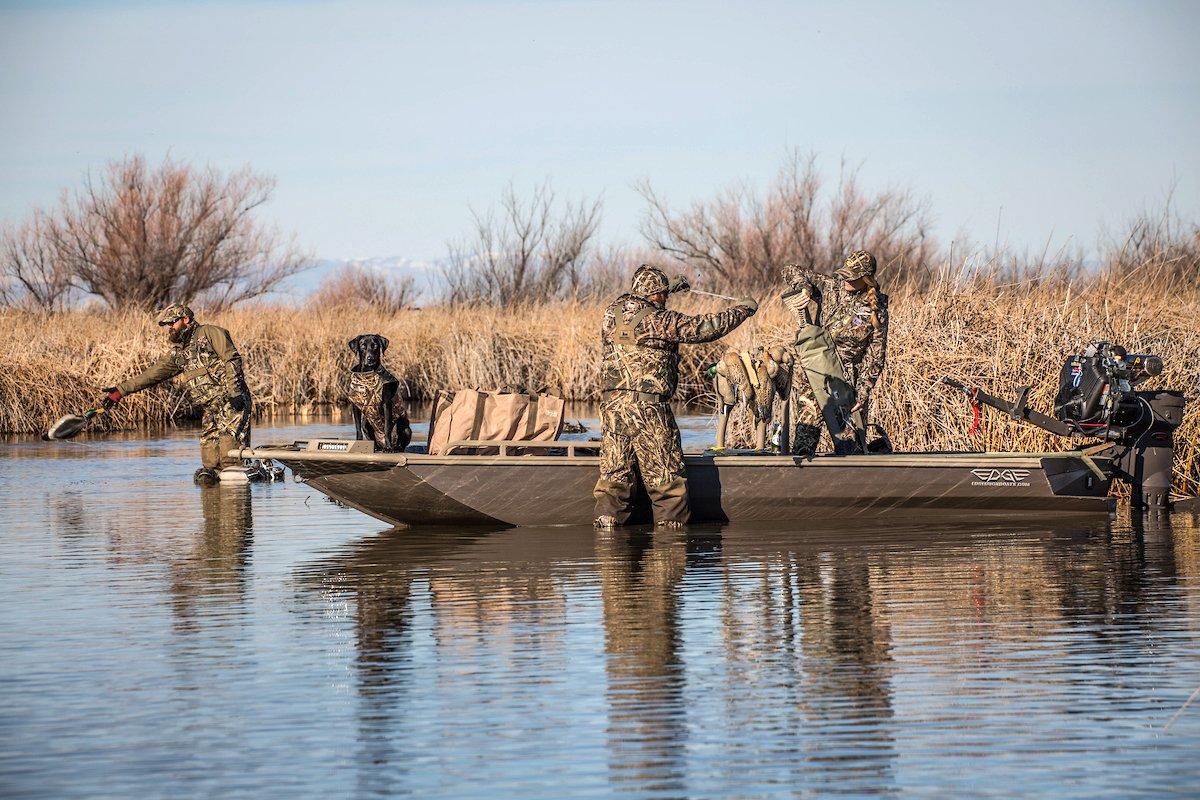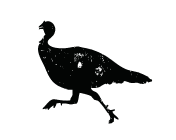These Little Details Can Submarine the Best Trips
Seeing a successful hunt through its many stages ‚ scouting, planning, setup and execution ‚ is one of the great joys of waterfowling. And many times, that process is fairly simple and straightforward.
But at the risk of making things too complicated, let's agree that many stumbling blocks can quickly ruin a potentially memorable day afield. That is, we can goof up a great hunt if we're not careful.
Here are five ways to mess up a phenomenal hunt. Tip: Avoid them.
Click here for more Realtree waterfowl hunting content. And check us out on Facebook.
 Get There Late
Get There LateThe best wood duck flight line in the country won't produce much action if you get there a half-hour after the birds come through. Likewise, the hottest Dakota slough can quickly turn into a gar hole if you stumble in during daylight.
Sure, we talk about good mid- to late-day opportunities all the time, but many waterfowling situations call for you to be set up and ready when shooting hours open. If you're still tossing out decoys or, worse, speeding down the highway when the action starts, you've missed your chance. As the cliché goes, I'd rather be there an hour early than one minute late.
Photo © Tom Rassuchine/Banded
 Stubborn Setups
Stubborn SetupsHey, you don't always nail your decoy spreads or setups on the first try, especially if you hunt a spot for the first time. Usually, you can observe bird behavior ‚ where ducks and geese want to fly and land ‚ and adjust your location or decoy spread to cash in. Trouble arises when you stubbornly cling to your unsuccessful original plan in the faint hope that favor will shift your way.
Don't be bull-headed. Adapt. If you chose Point A but the birds are flying past Point B, pick up and head there. It's really that easy, and you usually have time to save the hunt.
Photo © Bill Konway
 Mr. Hide
Mr. HideHere's Lovett in broken-record mode again: If you're not hiddenyou're not shooting. It doesn't matter whether you're gunning sharp-eyed snows on the prairies or lightly hunted longtails on Lake Michigan. When birds see you, forget it.
Pay special attention to concealment. Get the sun in your favor. Make sure your gear is decked out in Max-5. Use natural cover as much as possible to enhance concealment. Stay low, and keep the sun at your back when possible. Take extra time to do this if necessary. You'll always be glad you did.
Photo © Bill Konway
 Puppy Pratfalls
Puppy PratfallsSometimes, you can do everything correctly yet still struggle ‚ mostly because you failed when working with your canine hunting buddy. Retrievers that whine, yip, break or otherwise fail to comply with basic hunting obedience can hinder a shoot. And I'm not getting preachy here. My retriever often whines or even yips when she's full of energy on the first day of a trip. Focus on controlling the dog, not shooting, until the pup's behavior comes around. If that means you shoot less that day, so be it. If your dog wants to break, prohibit it from doing so. Use a leash and stake to keep it at your side until you release it.
Mostly, note poor blind behavior, and resolve to fix it before the next trip or season.
Photo © Craig Watson
 Not Making Hay
Not Making HayHere's another scenario in which you do everything right but still fall short. You must efficiently kill birds when they offer quality shots. Expect a few misses here and there. That's hunting. But if you blow through a box of shells on decoying birds yet only have two or three in the boat, you must recognize that there's a problem.
It's tough to fix shooting issues when the game is live. Off-season practice and repetition are the keys. Shoot skeet. Shoot trap. Shoot sporting clays. Shoot pigeons and doves. Mostly, shoot a lot. Then, when the ducks fly, you'll be ready.
Photo © Craig Watson





































